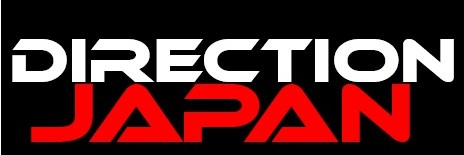
Turnaround topic
This topic is part of a series of post on how to lay down the basis for a turnaround of a gaishikei which is loosing money.
This post relates to saving overtime work (and costs) by rationalizing the way COGS (Cost Of Goods Sold) are calculated.
Let’s say that you are importing goods from your headquarter, let’s imagine you do it by sea in containers.
You will generally pay the goods to your headquarter based on a transfer price. You will have to add sea freight for the container, then all duties, import costs and so on.
Now let’s imagine that you have several type of merchandise in the same container, all with different transfer prices. How to split all the related costs for the import to each product?
You could split them based on weight, on value or any other factor. And this what was done when I entered in my current company.
AS-IS Situation:
Ladies in the office where spending hours everyday to split some costs and attribute them to each product to calculate what we call the Buying Cost or the value of the good as it will be reported in our inventory. And multiplied by number of goods, number of containers, it amounted to a large amount of overtime paid each month.
On top of this, it was prone to error as it was done in Excel with long formula to split each cost and attribute them to each product.
TO-BE:
We changed it quickly.
We put in place what we call a “landing Cost” structure. It is simply a % you decide and each good will get the same percentage. In our case it ranges from 2% to 4% depending on the industry we are serving.
In few weeks the overtime went down to… ZERO.
At the end of the year you need to match the total value in your books with the total of invoices you got for the import costs, but it has been quite fast, and the difference was minimum.





Recent Comments